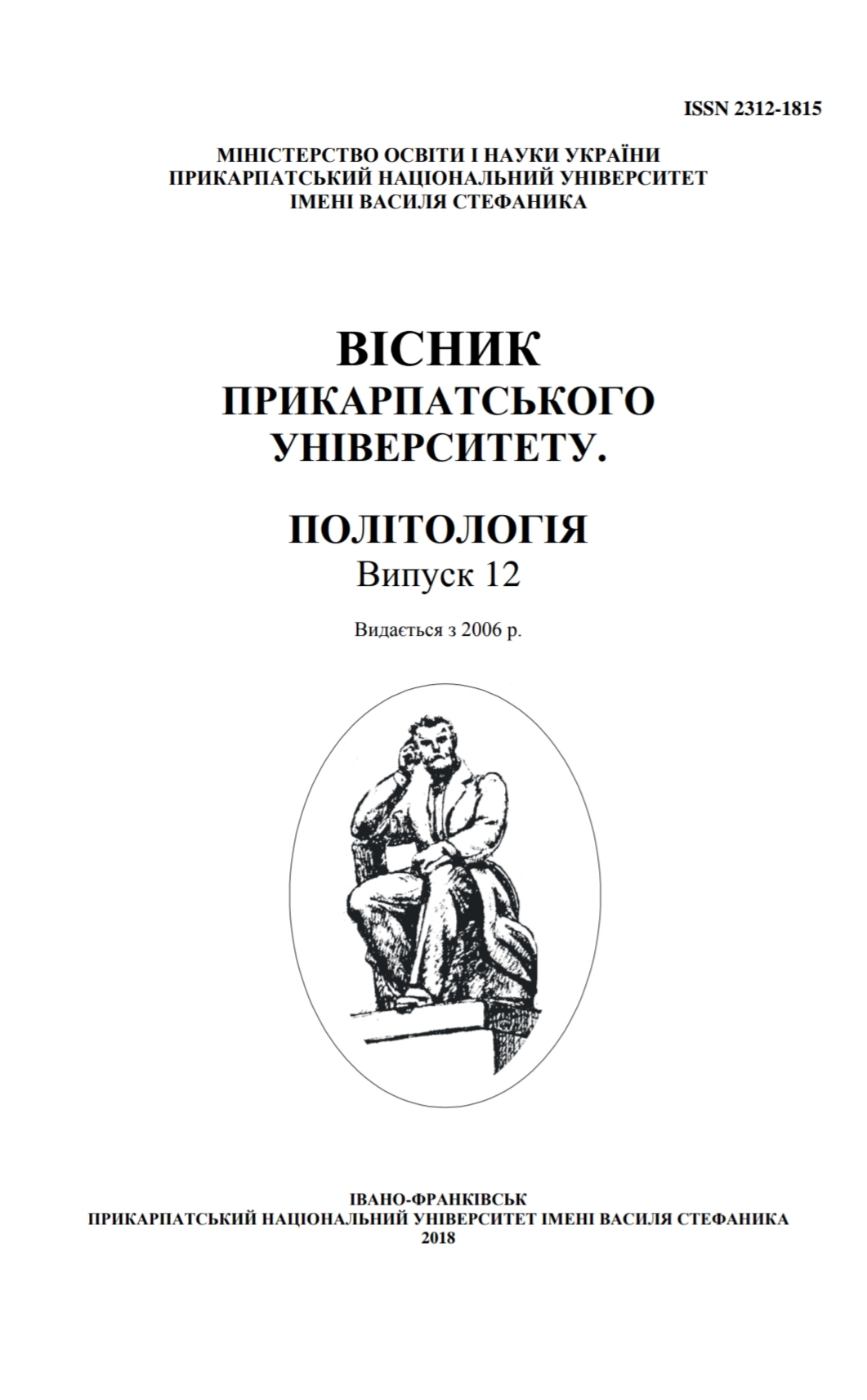Comparative analysis of political transit models of S. Huntington and A. Przeworski
Keywords:
Key words: democracy, transit, transition, comparative, totalitarianismAbstract
The article deals with the peculiarities of transit and the form of its flow determined by the diversity of the implementation of possible means and options. Diversity has been proved in the choice of options for the implementation of tasks and overcoming the problems in which the country is in transit. The concepts of American political scientist S. Huntington are analyzed, and various aspects of political transit are revealed. The transition to democracy is defined as a process of changing the format and nature of the interaction of leading political players in the political field, which takes place in a number of phases. The first sign that initiates the first phase of transformation is the emergence of reformers. In this phase, under the conditions of the undemocratic regime, the appearance of leaders - initiators of the transition takes place. The second phase of transformation - the "transition of reformers to power" - means the emergence of democratic reformers from the margin in the labyrinth of authoritarianism and their full political power. The third phase of transformation
involves, firstly, carrying out liberal reforms; and secondly, the maintenance of the stability of the liberalized authoritarian regime. The fourth phase is marked by the establishment of a consensus with the reformers. The formation of this phase is made up due to the ready for democratization reformers’ coming to power. The content of the fifth phase of transformation - "co-optation of the opposition" is determined by the emergence of oppositional reformers of political power.
The liberalization and democratization as stages of A. Przeworski political transit are found out and analyzed. The conclusions prove that liberalization can develop in two opposite directions: either to lead to continuation of changes, or to provoke repression, to strengthen the previous authoritarian regime. It is stated that during the transformation "from above" the probability of continuation of changes is greater. Its first stage is called "liberation" from authoritarianism. An exit from the "grip" of authoritarianism can take place in the middle of an authoritarian bloc between reformers and moderate leaders, among the opposition.
As for the second stage of democratization - the "constitution" of democracy, here A. Przeworski, depending on the correlation of the authoritarian and opposition blocs, identifies three variants of the development of events. The sequence of the third stage of democratization is determined by the "rivalry" of
forces struggling against authoritarianism and has its way of political agreements (pacts) between the leaders of political forces (parties).


